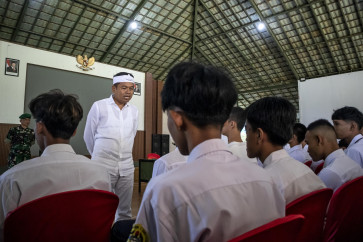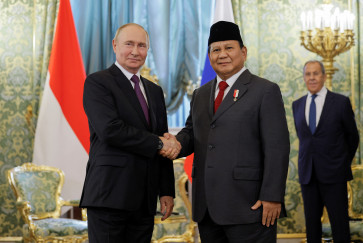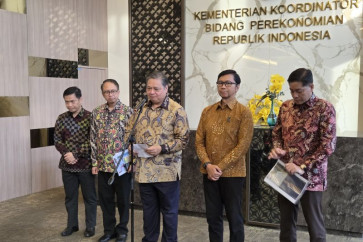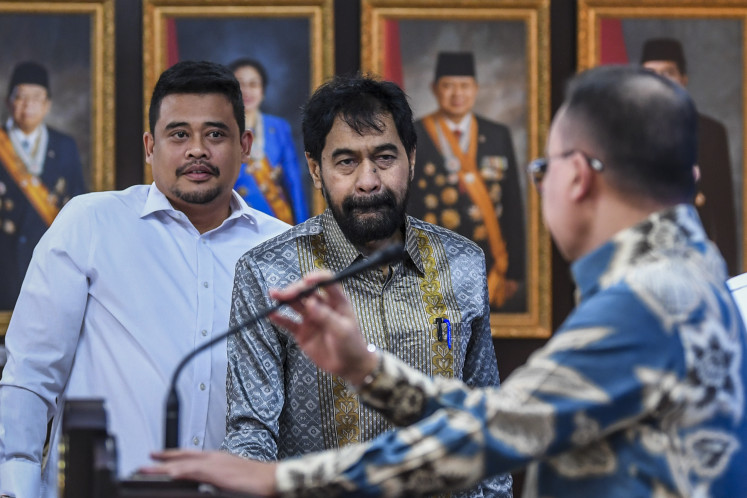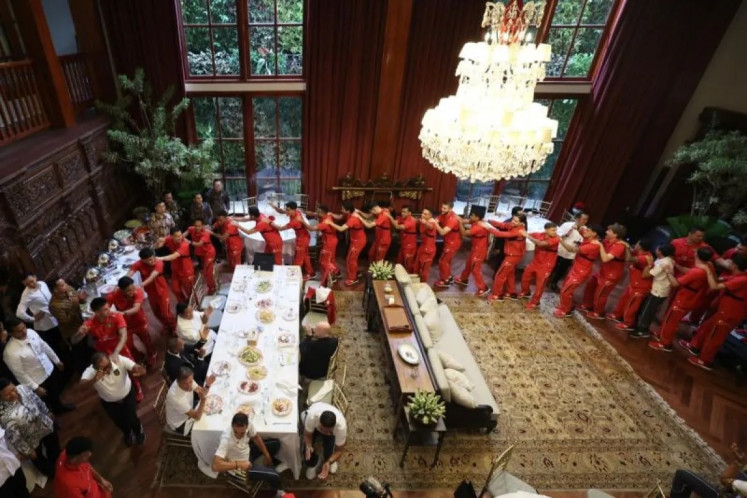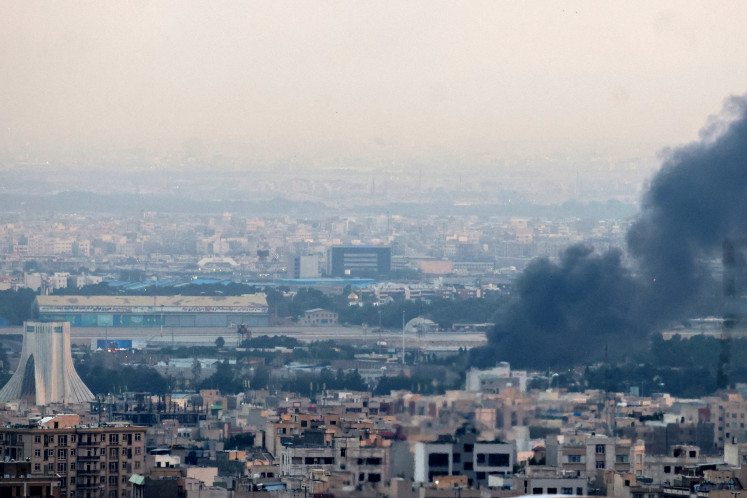Popular Reads
Top Results
Can't find what you're looking for?
View all search resultsPopular Reads
Top Results
Can't find what you're looking for?
View all search resultsDigital transformation of UN peacekeeping operations
In a nutshell, it will improve the ability of UN peacekeepers to “live, move and work” effectively and safely in UN peacekeeping missions.
Change text size
Gift Premium Articles
to Anyone
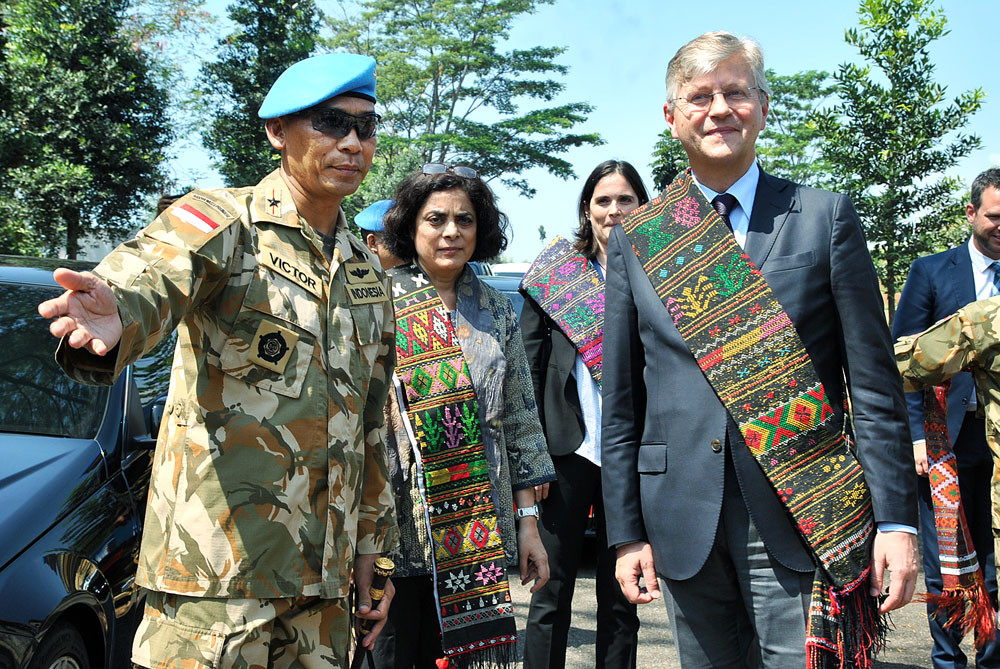
A
s we passed the International Day of the United Nations (UN) Peacekeeper on May 29, the ample time in between will be the best time to reflect on how we can better shape the future of peacekeeping as we head toward the upcoming 2021 UN Peacekeeping Ministerial Conference in Seoul in December.
The COVID-19 pandemic has worsened many of the challenges faced by the UN peacekeeping operations and has necessitated the rapid adoption of available technology for day-to-day communication, remote work, and other routine tasks.
Moreover, today, the majority of UN peacekeeping missions are deployed in already complex, high-risk environments that require peacekeepers to better integrate technology into field operations.
All relevant UN reports, including the Brahimi Report (2000), the Final Report of the Expert Panel on Technology and Innovation in Peacekeeping: Performance Peacekeeping (2014), the High-Level Panel on Peace Operations (HIPPO) Report (2015) and the latest Cruz Report (2017) have put enough emphasis on how UN peacekeeping can benefit from better integration of technology in discharging mandated duties.
For our part, as one of the major Troop and Police Contributing Countries (TPCCs), Indonesia with its Roadmap Vision 4000 Peacekeepers 2015-2019 is committed to optimizing the utilization of its national strategic industry and technology to assist with UN peacekeeping operations.
This integration of technology can improve situational awareness and early warning, enhance camp and convoy security, provide stable internet and integrated communication networks, strengthen conflict monitoring and analysis, promote energy efficiency and reduce the environmental footprint and provide training and capacity building in the area of operations.
In a nutshell, it will improve the ability of UN peacekeepers to “live, move and work” effectively and safely in UN peacekeeping missions.
Consequently, a better UN policy formulation will also be critical to ensuring certainty in the peacekeeping digital transformation processes in relation to the implementation of the peacekeeping mandate. Since the digital transformation is taking shape in reforming how the UN will conduct its peacekeeping operations, it is critical to ensure Indonesia’s contribution and active involvement in the process at hand.
There are at least three strategies that could be pursued to that end.
First, is to instigate and explore ways to formulate strategy for the digital transformation of Indonesia’s peacekeeping operations. The renewal of policy in the context of post-Roadmap Vision 4000 Peacekeepers 2015-2019 should include a better integration of technology into Indonesian contingents. The digital transformation of peacekeeping should also be considered in the government’s plan to modernize its armaments to fulfill the minimum essential force requirement.
The policy will have to include the plan for technological solutions to support the Indonesian contingent in UN peacekeeping missions in implementing their mandates in complex environments, including by helping them acquire the right equipment and skills, adapt to changing conflict dynamics, lowering their carbon emissions and taking advantage of increased efficiencies.
Second, is to better integrate technology strategy in developing the next generation of Indonesia’s peacekeeping. The Indonesian strategy needs to advance the use of technology across all aspects of UN peacekeeping outlined in Action for Peacekeeping (A4), including performance, safety and security, politics, protection and peacebuilding.
With technology continuously evolving and expected to play an ever-increasing role in supporting multidimensional mission mandate implementation, Indonesia should also be prepared for the possibility of playing a role in inter-state conflict, perhaps through cyber versions of traditional confidence-building, inter-positioning or monitoring functions.
In this scenario, Indonesia’s contingent will need to take a quantum leap in its use of digital technology, from creating new knowledge from the wealth of data its operations collect, to information management where mandated.
This way, policy makers could identify which cyber capabilities the Indonesian contingent should be developing. One attractive digital skill and strategy that would be interesting to further develop is the Indonesian contingent’s distinct character of “community engagement” in winning the hearts and minds of local populations. Consequently, the Indonesian peacekeeping training center will also need to move on from analogue ways and embrace new skills, expertise and ways of working to keep up with this rapid development.
The final strategy is to start with several initiatives and policy options to advance the use of technology by Indonesia’s peacekeeping operations. In this regard, Triangular Cooperation between TPCCs, the UN Secretariat and Digital/Technological Equipment Contributors should be used to fill the technological and skill gaps which is required by a UN standard stipulated in the UN Peacekeeping Capability Readiness System (PCRS).
The Partnership for Technology in Peacekeeping Initiative will also open an opportunity for innovative collaboration that aligns the technological and digital capacities of the world with the specific needs of field missions.
For our part, Indonesia could start with a practical pilot project to prepare a nimble next generation of the country’s digital contingent with enhanced partnerships and support from the UN in matching technological solutions with human resources through capacity building and training programs.
In conclusion, the digital transformation of UN peacekeeping is inevitable. A proper policy formulation and approach will ensure Indonesia’s foothold in the future of UN peacekeeping operations as mandated by the 1945 Constitution. After all, any initiative that will be able to improve the capability of our peacekeepers to “live, move and work” effectively and safely in doing their mandated tasks should get our support.
***
The writer is a diplomat at the Foreign Ministry. The views expressed are his own.

